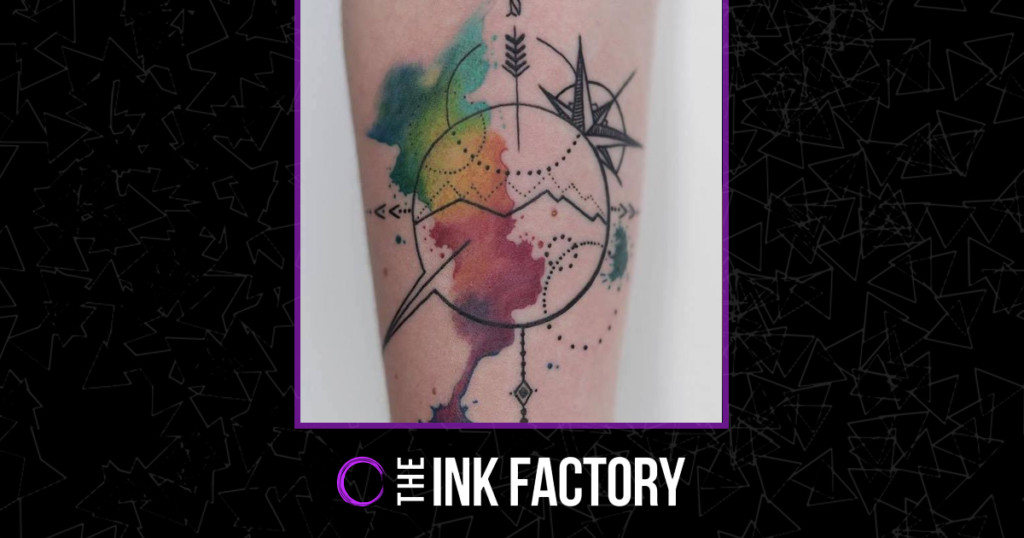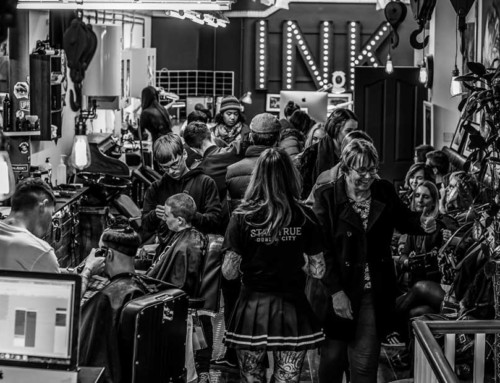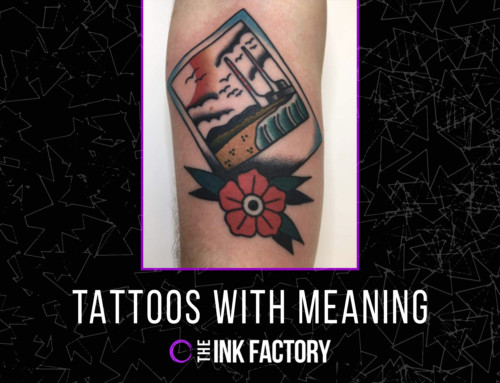Take a look at this mind-blowing tattoo trend.
If you’re wondering what the single most remarkable aesthetic shift in tattooing today is, look no further than the watercolour tattoo. Given that these have emerged from non-existence to prominence in such a relatively short period of time, watercolour tattoos provide a talking point unmatched by other modern tattooing trends discussed on this blog.
This type of inkwork is modelled on watercolour canvas paintings which have a long tradition in western art and is best exemplified in the mind-blowing art of J.M.W. Turner. These tattoos don’t actually use water of course, but rather they reflect the aqua-based paint of such iconic watercolour painters. All the same tools as conventional tattoos are used in the process, instead, the technique differs quite dramatically in order to achieve this unique effect.
The idea is for these tattoos to look like a painting, and in this sense, they are the logical advancement of tattooing as it comes to be recognised more and more like a legitimate and indeed cutting-edge art form. They’re perhaps the truest expression of considering one’s body a canvas
The effect is highly intriguing: at once stepped in subtlety yet immediately commanding attention. The method involves a layering of colours which requires careful planning and constant attention from the artist during the process of tattooing. Colours aren’t filled in with black lines like most other styles of tattoos – that’s not to say watercolour-style tattoos can’t contain lines and outlined shapes; the beauty of all tattooing is that it’s ultimately up to you. There are no rules! Plenty of watercolour style tattoos can benefit from some visible sketchy, busy lines, similar say to the hugely influential works of Paul Klee.
Watercolour tattoos are centred on a hazy effect as colours bleed into another to mimic the appearance of painterly worlds. A splattered effect is also an interesting option, as is a running ink effect. These are playful ways of deepening reference to fine art. These can make the tattoo appear ‘messy’ but is, in fact, the result of very precise needlework by the tattoo artist.
So far, so good. But one concern is often brought up st this stage: will all this colour fade away and lose its effect? While it is true that lighter colours fade quicker than dark lines, this is just a natural function of all colour tattoos. What’s more, plenty of measures can be taken to counteract this by a skilled artist. Always choose an artist experienced in giving watercolour tattoos, as they can talk you through all the nuances involved. For instance, applying a good black base layer will allow the colour to keep longer, as well as adding depth and contract to the inkwork. A solid base and careful contrasting also make later touching up colour much easier and more effective. All types of tattoos can do with a touch up after a period of time anyway. This base-or-no-base consideration is largely down to a matter of preference, however – watercolour tattoos without a dark base will appear lighter in colour, so this can be the way to go if you’re looking for a very subtle colour fade that will most closely resemble an actual watercolour painting. Some people argue that natural ageing of the colours can also enhance the subtlety between blended colours.
As well as choosing the right artist, other measures can be taken to ensure watercolour tattoos last as a strong visual specimen: keeping the tattoo away from prolonged periods of direct sunlight will help any tattoo retain its vigour, prevent undue rubbing of the surface area with clothes material (so a foot or buttock tattoo may not be the most suitable for a watercolour tattoo), keeping one’s skin healthy is always a good way to go too – so getting proper sleep and moisturising with tattoo-suitable cream will help ensure longevity.
In terms of subject matter, animals are often depicted. Animals are known for freedom and closeness to nature; they’re often evoked as romantic subjects in art. Fast-moving creatures such as foxes can create especially spellbinding watercolour tattoos. Fans of abstract art are also drawn to watercolour tattoos, as they allow for a huge degree of experimentation and expression. The bright colours of this type of inkwork is additionally a natural fit for someone looking to profess support for LGBT+ causes,
In sum, watercolour tattoos are a hugely exciting field in tattooing, and because the scope with these tattoos is so very vast, watercolours are not only here to stay but are one of the defining ways tattooing culture is looking forward.




